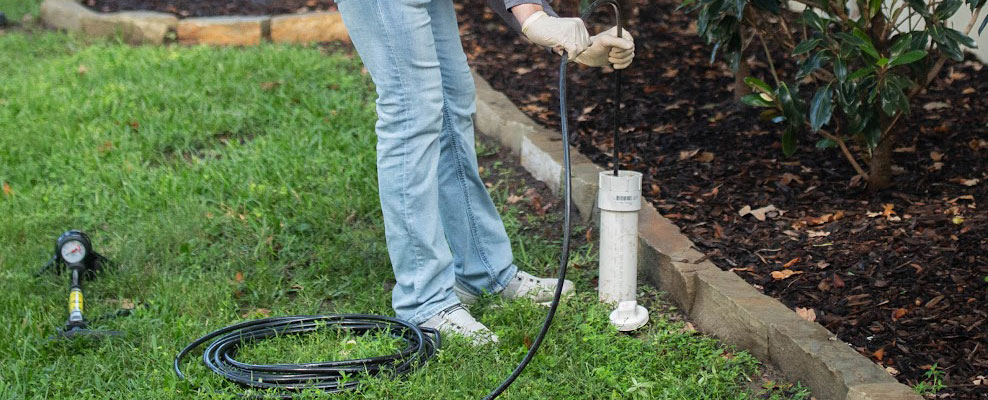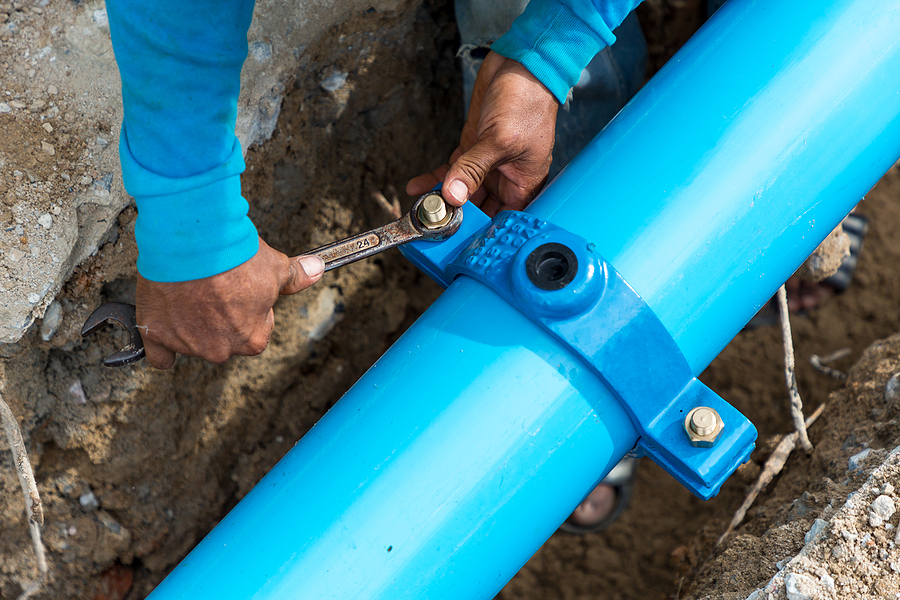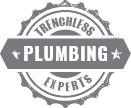Hydrostatic Pressure Testing

Hydrostatic Pressure Testing
At Accurate Leak and Line, we get a lot of questions from curious customers about how we diagnose their plumbing issues. One of our most refined diagnostic methods is hydrostatic pressure testing. In short, we use this process to determine whether there are any leaks or failures in your sewer system.
Read on to learn more about hydrostatic pressure testing!
What is Hydrostatic Pressure Testing?
The first step in our assessment is a video camera inspection. If the video camera inspection shows a leak in your sewer system, we’ll move forward with hydrostatic pressure testing. During this process, we apply pressure to the sewer system, block off sections of the system with inflatable test balls, and fill the pipes with water.
Generally, we’ll fill the pipes with water up to the level of the lowest open drain, which is often at floor level. Your technician will identify this point beforehand in order to avoid overfilling and flooding. If the water doesn’t rise to floor level once the pipes are filled, or if the water level drops immediately after filling the pipes, that indicates leaks or failures in your sewer system.
Performing tests like hydrostatic pressure testing helps us make accurate assessments and perform efficient repairs. For sewer leaks, our repair methodology will depend on whether your property has older, iron-based pipes or more durable PVC piping.

Other Pressure Tests for Plumbing
Accurate Leak and Line’s plumbing diagnostic tests take a number of different approaches in order to make the right repairs. We use static leak testing to determine the exact location of leaks or failures within your sewer system, as well as video camera inspections that give us a closer look at cleanouts, roof vents, and drains.
Pressure Test for Water Lines
If we suspect that the issue is with your water line or underground, the process will still begin with video camera inspection and hydrostatic pressure testing. For water leaks that we suspect are in the foundation or slab, we use electronic line tracing equipment to map the underground piping system, then use listening equipment to pinpoint the location. We also utilize water pressure and isolation testing in order to diagnose issues with your potable water system.






Accurate Leak and Line offers innovative pressure tests for plumbing, including hydrostatic pressure testing. If you suspect a leak in your plumbing system, contact your local Accurate Leak and Line to schedule an appointment.
